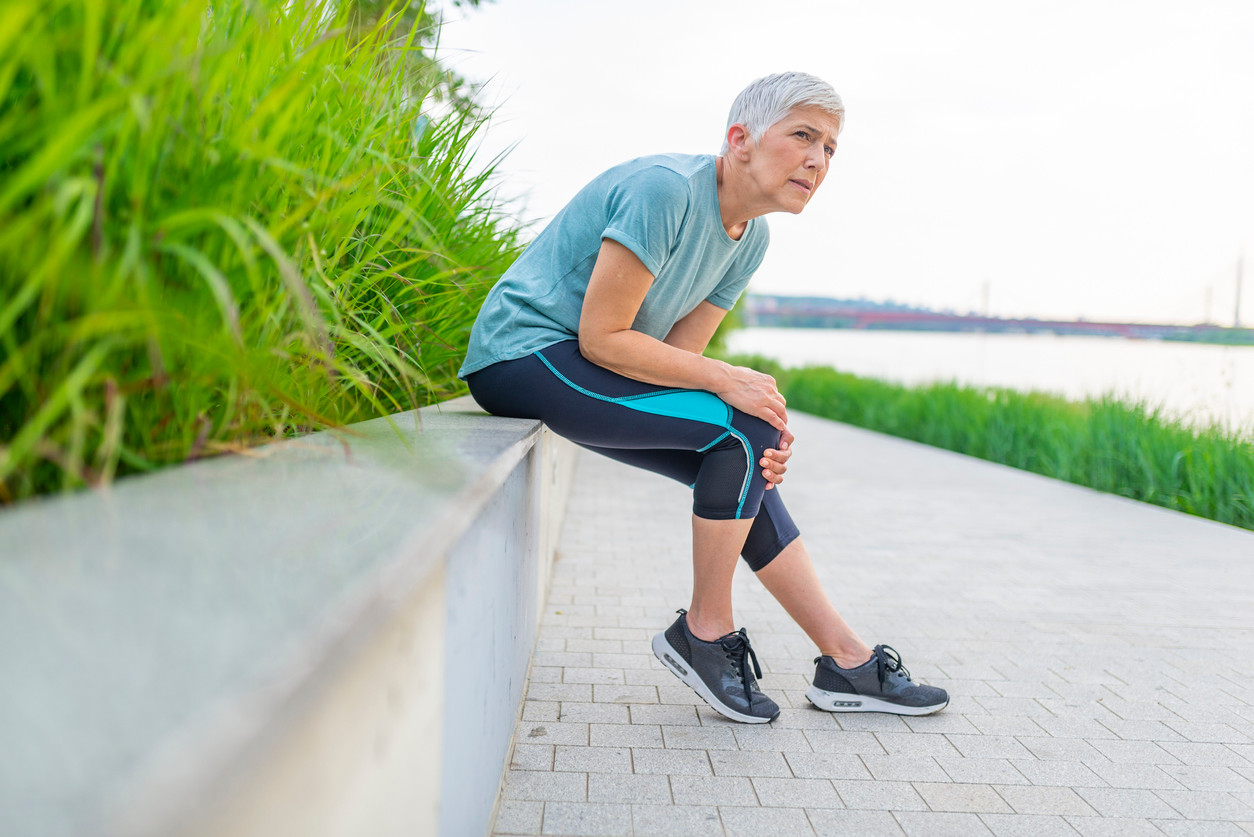Dolor de rodilla "hueso con hueso": síntomas, causas y tratamientos
Aprende sobre el dolor de rodilla hueso sobre hueso, así como los mejores tratamientos y opciones de alivio, incluida la fisioterapia.
$0 costo para usted
Última actualización: May 7, 2025
El índice
Fully covered knee pain relief
Find relief from knee pain, knee locking, stiff knees, & more.
Check if I'm eligibleExercises to ease knee osteoarthritis pain
¿Quieres atención de expertos? Consulta si estás cubierto por nuestro programa gratuito →- En cuclillas
- Elevación de piernas de costado
- Levanta la pantorrilla
- Estiramiento de los isquiotibiales
- Estiramiento de cuádriceps
